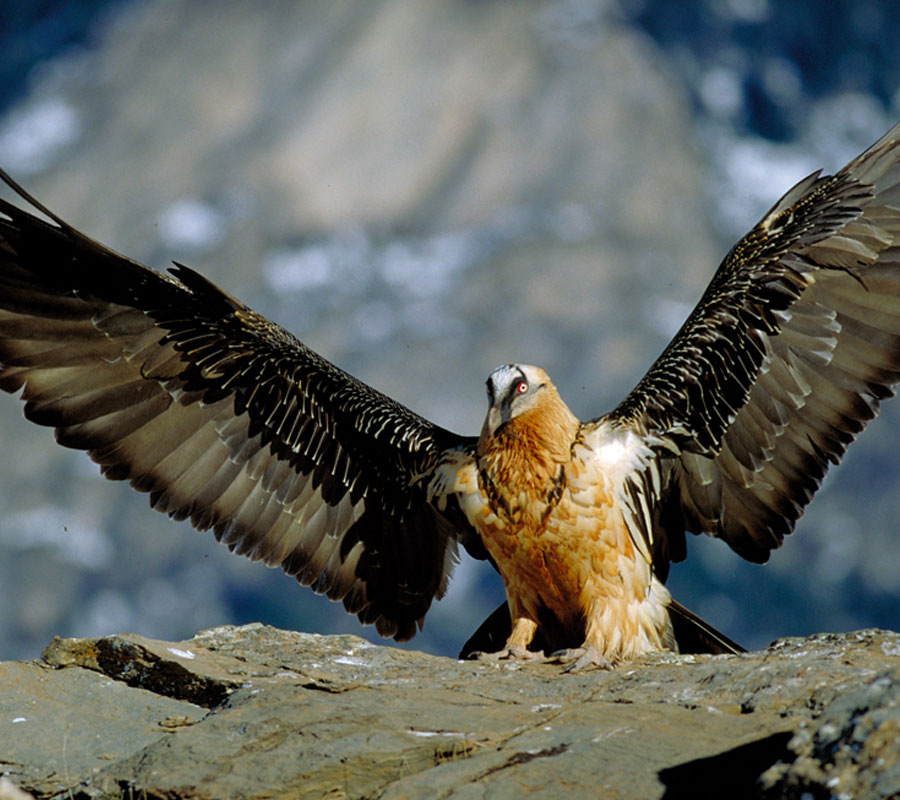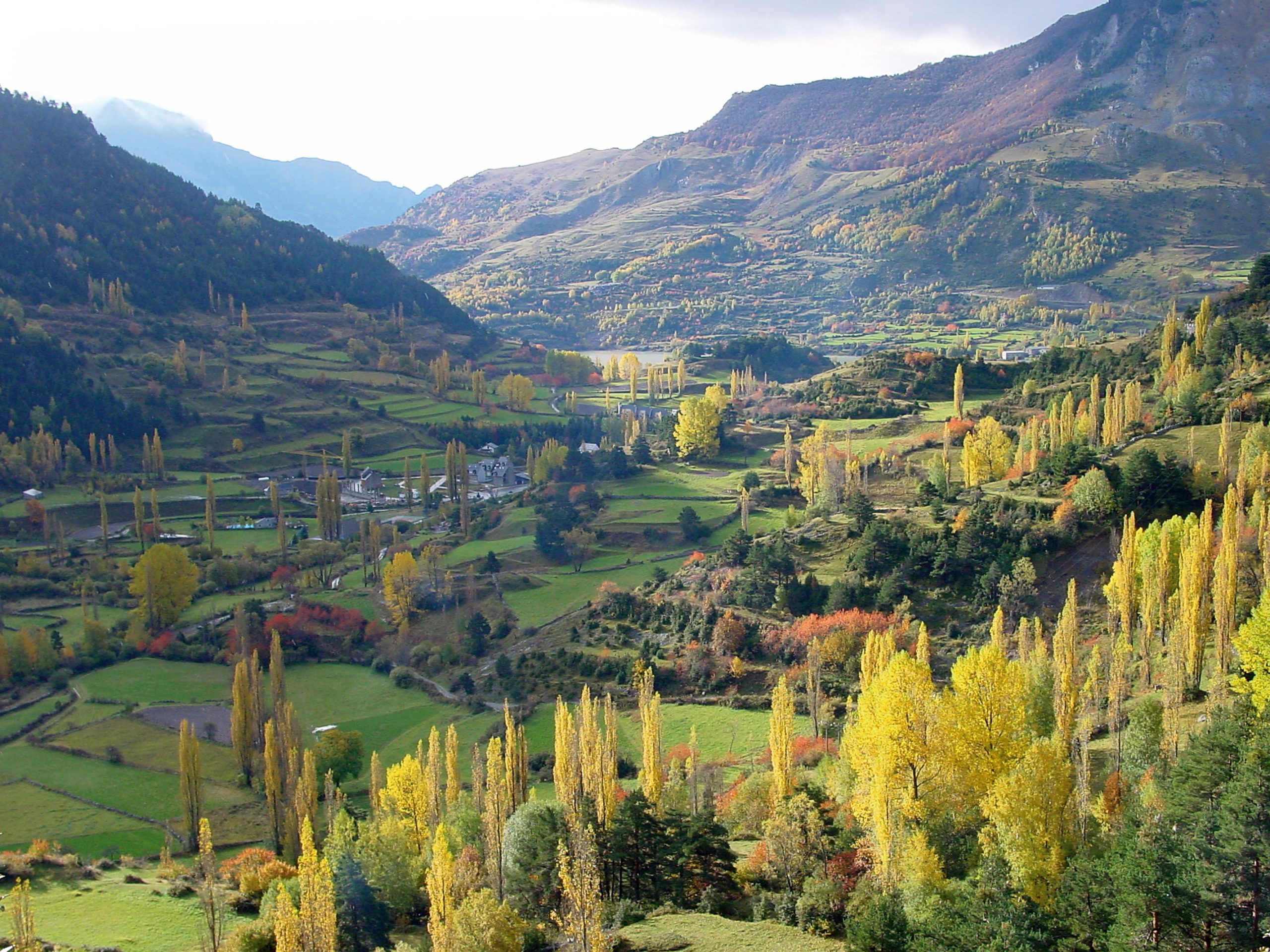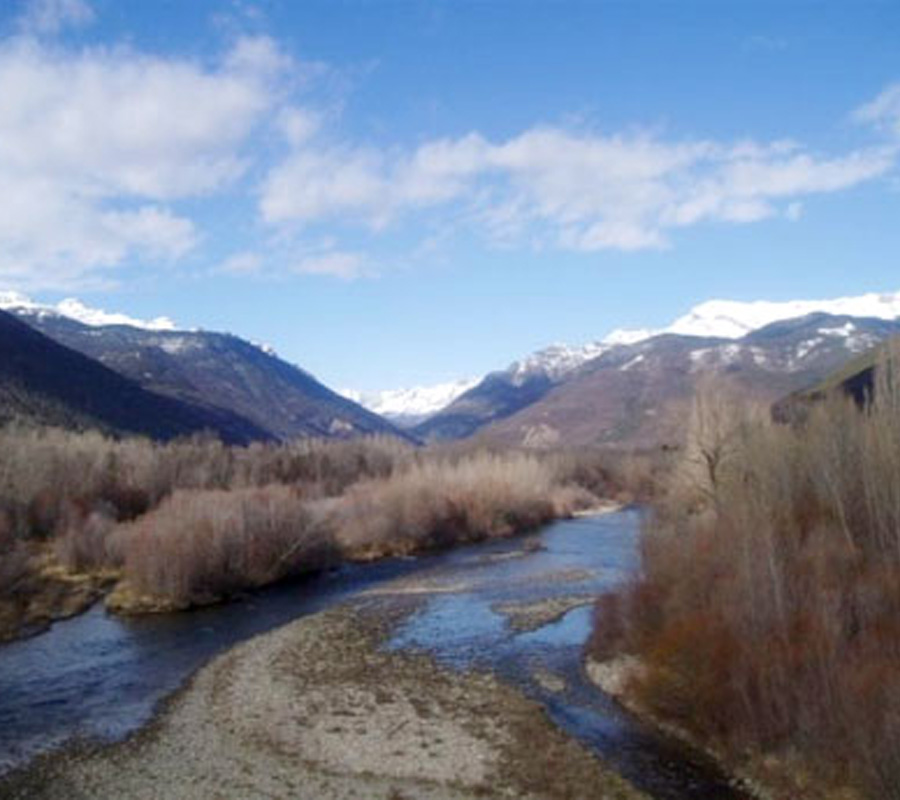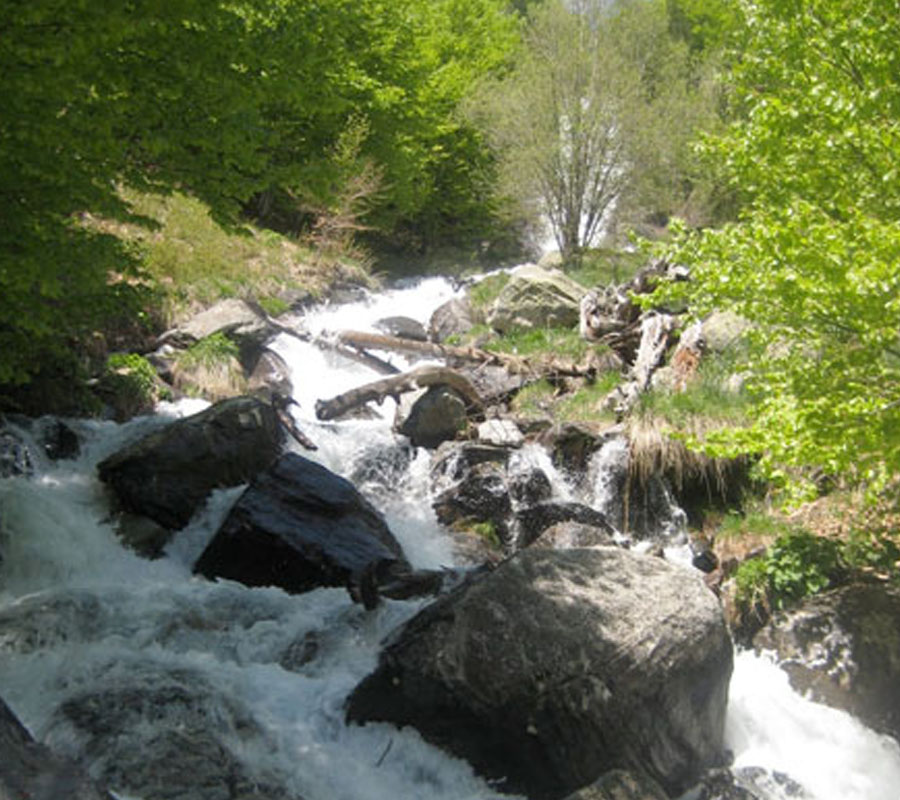An easy and straightforward trail, suitable for all ages, it covers a distance of 6 kilometres. The route is a loop around the Lanuza dam and takes approximately 2 hours to complete.
Starting on a tarmac path at the square in Sallent, you continue on until you get to the River Aguas Limpias. There you will see the South European dippper, which is a brown-coloured bird with a white throat. If you are lucky you will get to see one diving.
From there keep going until the River Aguas Limpias meets the River Gállego; you will know when you get there because the water of the River Gállego is very dark. A few metres on you will see that there is a dam across the River Gállego at the Lanuza reservoir. Red kites are quite common in this area. This is a beautiful, medium-sized bird of prey, which has a tail in the shape of a W that makes it quite easy to spot.
After the dog kennels, the trail climbs slightly and gets narrower. On the right-hand side you will notice an entrance to a field; there is a rock there that the vultures often use as a perch. With a bit of luck you might see a griffon vulture, the largest of the birds of prey in Aragon, which has a wingspan of approximately 2.5 metres.
In the spring and summer it’s also possible to spot Egyptian vultures; this is a small vulture with white and black plumage. And if you are really lucky, you may have the pleasure of observing the flight of one of the rarest and most threatened bird species in Europe, the mythical bearded vulture.
As the trail progresses towards Lanuza village, it passes through an open area, and if you are observant, it is possible to catch a glimpse of the short-toed snake eagle, there from late spring until the end of the summer. This is a large bird of prey, very pretty with pale colours.
As you get to the end of the track, take a right to cross the dam. In the summer time when you lean over the wall of the dam, you can see crag martins. This is a member of the swallow family and nests in the small holes in the wall.
At the end of the dam, turn right, and next to the road, behind the railing, take the trail back to Sallent. Here the path becomes a track that runs through woods of willow, aspens, pines and cherrytrees, etc. and here is where the birds that are most hidden and most difficult to see are to be found. However, you may be surprised by the birdsong, and by listening carefully it is possible to distinguish between the different species from their calls.
You can stop every now and again for a few minutes to listen to the birds and see if you can figure out where each one is perched. Finches, tits, bushtits, bullfinches and dippers will all accompany you on your walk.
So before you know it you have gotten to the end of the walk. No doubt you have enjoyed seeing and hearing the birds, as well as your time in the woods and taking in the scenery of the region.



